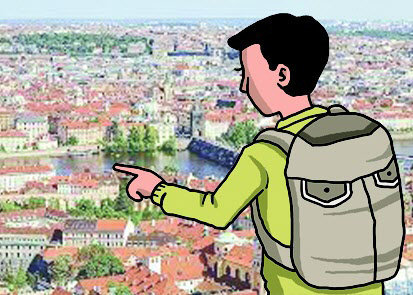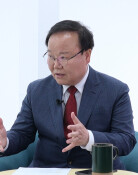Relationship with architecture and place
Relationship with architecture and place
Posted June. 05, 2023 07:49,
Updated June. 05, 2023 07:49

“Cities only show what they appear to be and never talk to you if you don’t pay any attention to by whom, when, how they were built around architecturally and spatially under what limitations,” Yu Shi-min wrote in his book “Europe City Travelogue 1.”
Every time I write about cities and architecture, I focus on my perspective and interpretation. I seek to find my answer not based on a single text – an architectural product or a place – but from the perspective of context, which is shaped by how architecture and places interact. After all, I believe that this is where I can discover what makes me different as a professional who has a career in urban planning and design.
However, it has never been easy for me to walk someone else through my strategies for differentiation. As introduced at the beginning of this article, this quote from the prologue of Yoo’s book on his observations about four European cities during his trip came across as a perfect summary of my intentions. It has since been my go-to phrase to explain what differentiates me.
We get a grip on where the context of architecture and places is derived from while traveling to an unfamiliar city. A closer look at this process makes me realize that it is in line with how cities are planned and designed. Just as we want to pinpoint where we are once we arrive in a new city, the first thing to do in urban planning and design is to figure out the corresponding city's positioning.
The next step is to set a point to which the city is supposed to be headed and consider how to make it happen. This is where the context of architecture and places comes in. Strategies built upon this foundation can enable planning and design to serve as a guide to the future. Additionally, if urban planners thoroughly review context and regroup texts from an insightful perspective, a new future opens in the city.
Architecture and places maintain an inseparable relationship in cities. In other words, they are mediums through which interactions with surrounding environments occur ceaselessly. This context-based viewpoint is required not only for planners or designers but also for policymakers or citizens. Every time when local governments put forward an ambitiously prepared blueprint for future urban development projects, I come to imagine how new textual elements would be related to existing ones.
Headline News
- Med professors announce intention to leave hospitals starting Thursday
- Bridge honoring Sgt. Moon Jae-sik unveiled in Pennsylvania
- Chief of Staff Chung tells presidential secretaries to stay away from politics
- US FTC bans noncompete agreements
- N. Korea launches cyberattacks on S. Korea's defense companies







